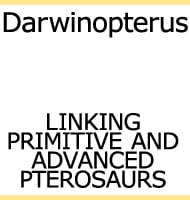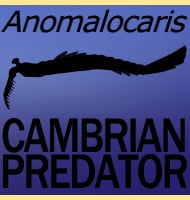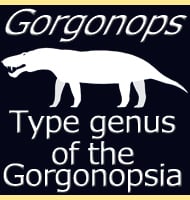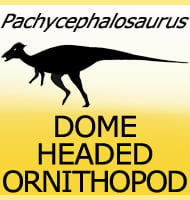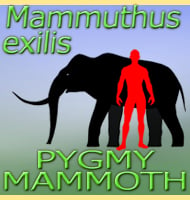In Depth
The type specimen of Megacephalosaurus was originally assigned to the Brachauchenius genus, leading to the idea that Brachauchenius was one of the biggest of its time. The removal of this skull has led to a size revision of Brachauchenius, and the establishment of a new genus, Megacephalosaurus. However this still means that there were still some large pliosaurs in the oceans of the early portion of the late Cretaceous, our definition of names is just different.
Megacephalosaurus was a very large pliosaur, and even though a complete skeleton is unknown, the one hundred and seventy centimetre skull of the holotype individual is proof of this. Megacephalosaurus was of a size that meant it could tackle other prey, perhaps even focused upon other marine reptiles.
Further Reading
- A new Cretaceous pliosaurid (Reptilia, Plesiosauria) from the Carlile Shale (Middle Turonian) of Russell County, Kansas. - Journal of Vertebrate Paleontology 33(3):613-628. - B. A. Schumacher, K. Carpenter & M. J. Everhart - 2013. - Morphological and phylogenetic aspects of the dentition of Megacephalosaurus eulerti, a pliosaurid from the Turonian of Kansas, USA, with remarks on the cranial anatomy of the taxon. - Geological Magazine. - Daniel Madzia, Sven Sachs and Johan Lindgren - 2018.


